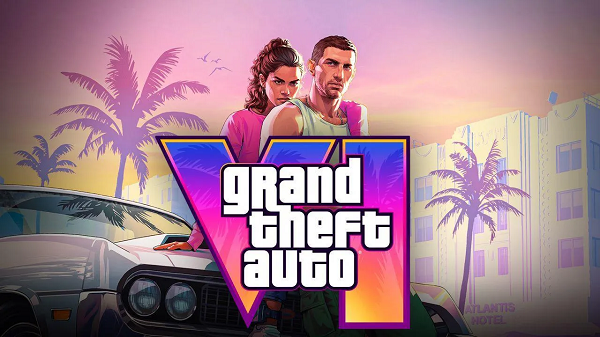Advertisement
Popular Now
SCUM, developed by Gamepires and published by Jagex, stands out in the survival genre for its intricate metabolism system, vast open world, and deep character customization. Since its early access debut in 2018, the game has drawn players into its 225 km² island, where survival hinges on scavenging, crafting, and outwitting opponents. However, one aspect consistently undermines the experience: the loot system. From uneven distribution to tedious grinding, SCUM’s loot mechanics have sparked frustration, impacting immersion and player retention. This article explores the evolution of the loot system, its design flaws, and their ripple effects on gameplay, drawing from player feedback, developer updates, and community discussions.
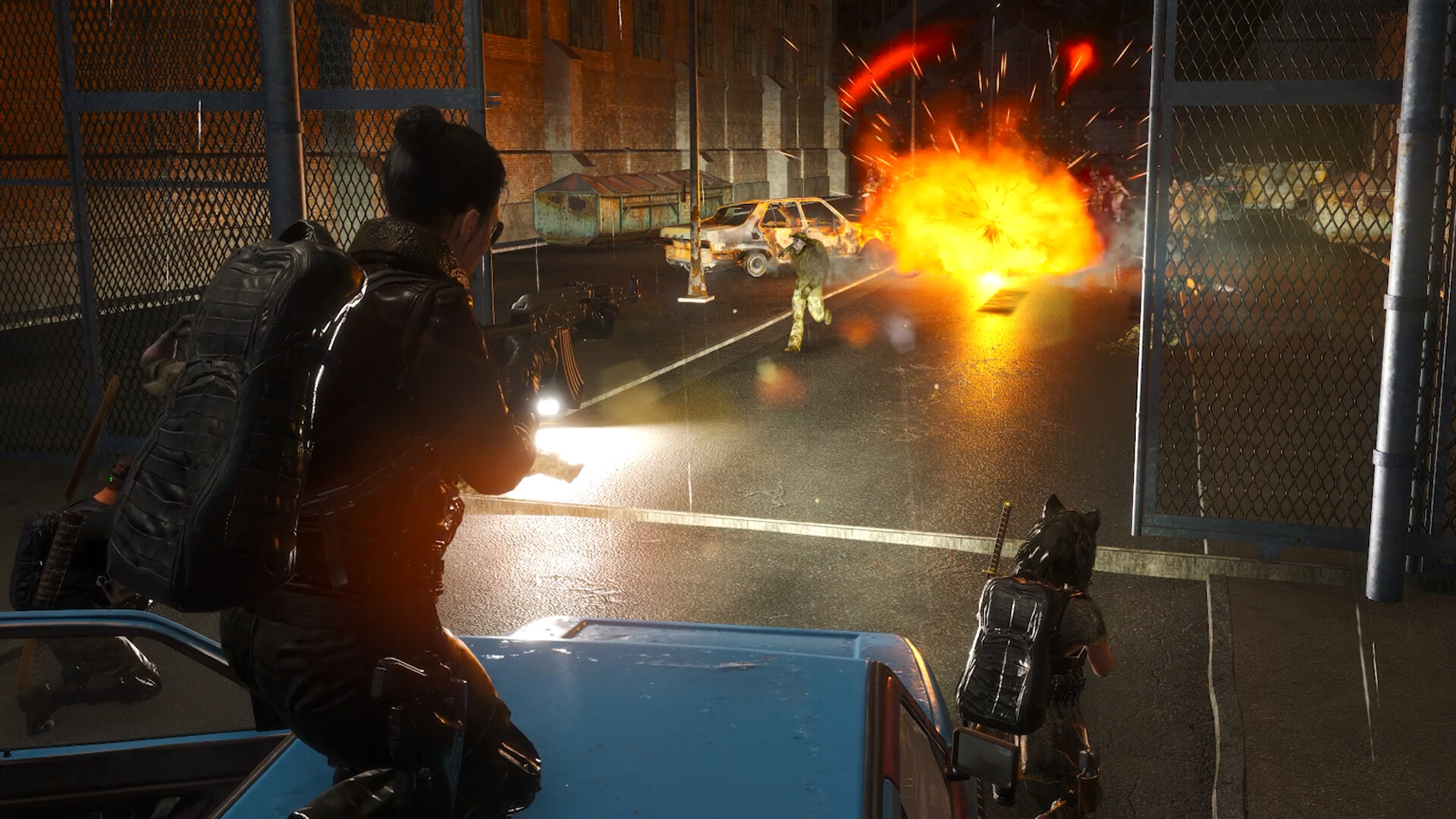 When SCUM launched, its loot system promised a realistic survival experience, with items scattered across bunkers, towns, and wilderness areas. Players expected a balanced progression where scavenging rewarded skill and exploration. However, early feedback on platforms like Reddit highlighted a disconnect: high-value loot, such as weapons and armor, was often scarce or overly concentrated in specific areas, leading to repetitive gameplay loops.
When SCUM launched, its loot system promised a realistic survival experience, with items scattered across bunkers, towns, and wilderness areas. Players expected a balanced progression where scavenging rewarded skill and exploration. However, early feedback on platforms like Reddit highlighted a disconnect: high-value loot, such as weapons and armor, was often scarce or overly concentrated in specific areas, leading to repetitive gameplay loops.
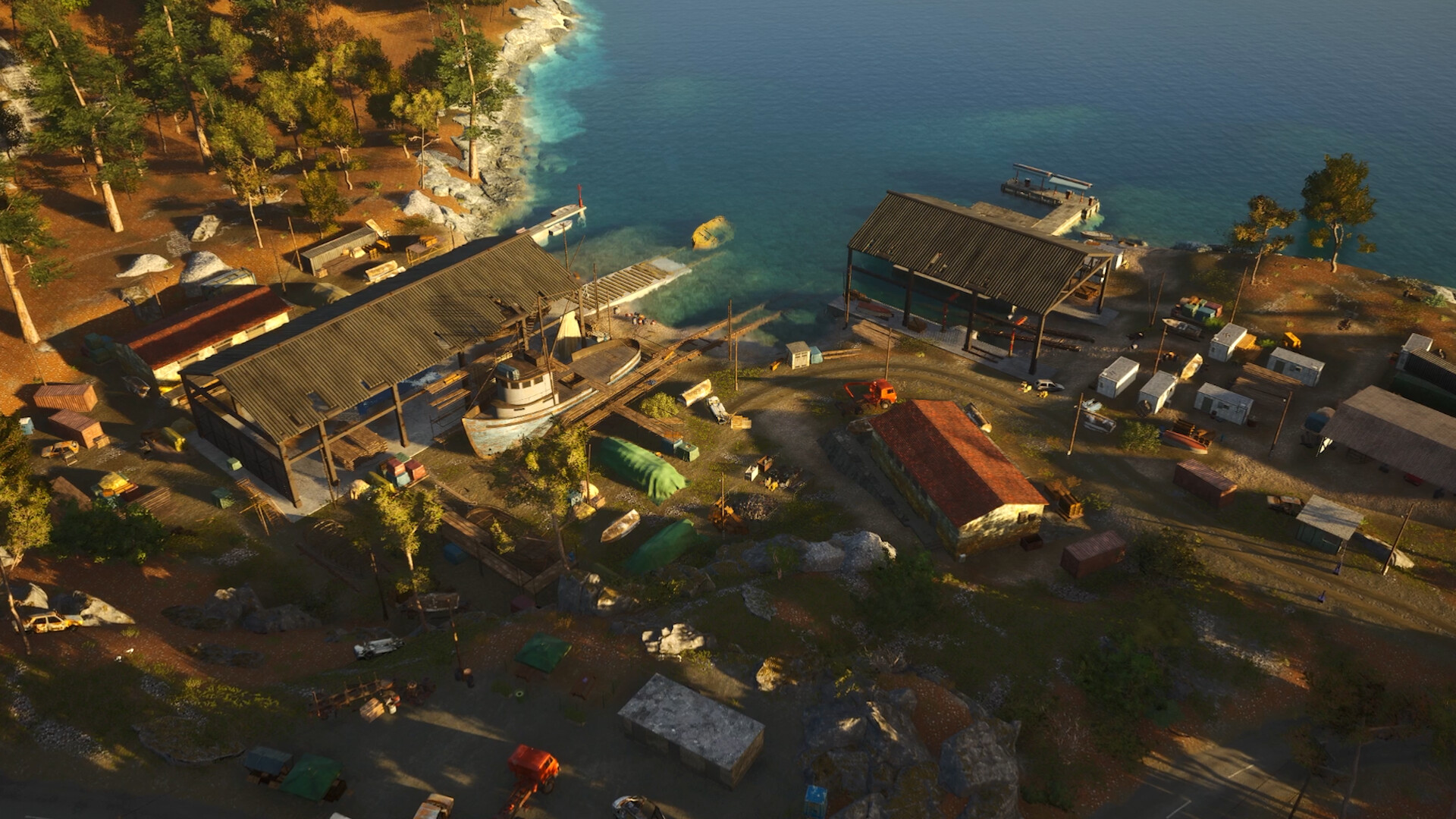 SCUM’s reliance on bunkers as primary sources of high-tier loot has been a persistent pain point. Bunkers, guarded by puppets and patrolling mechs, require preparation and firepower, making them inaccessible to new or solo players. This design concentrates action in specific areas, leaving much of the map underutilized.
SCUM’s reliance on bunkers as primary sources of high-tier loot has been a persistent pain point. Bunkers, guarded by puppets and patrolling mechs, require preparation and firepower, making them inaccessible to new or solo players. This design concentrates action in specific areas, leaving much of the map underutilized.
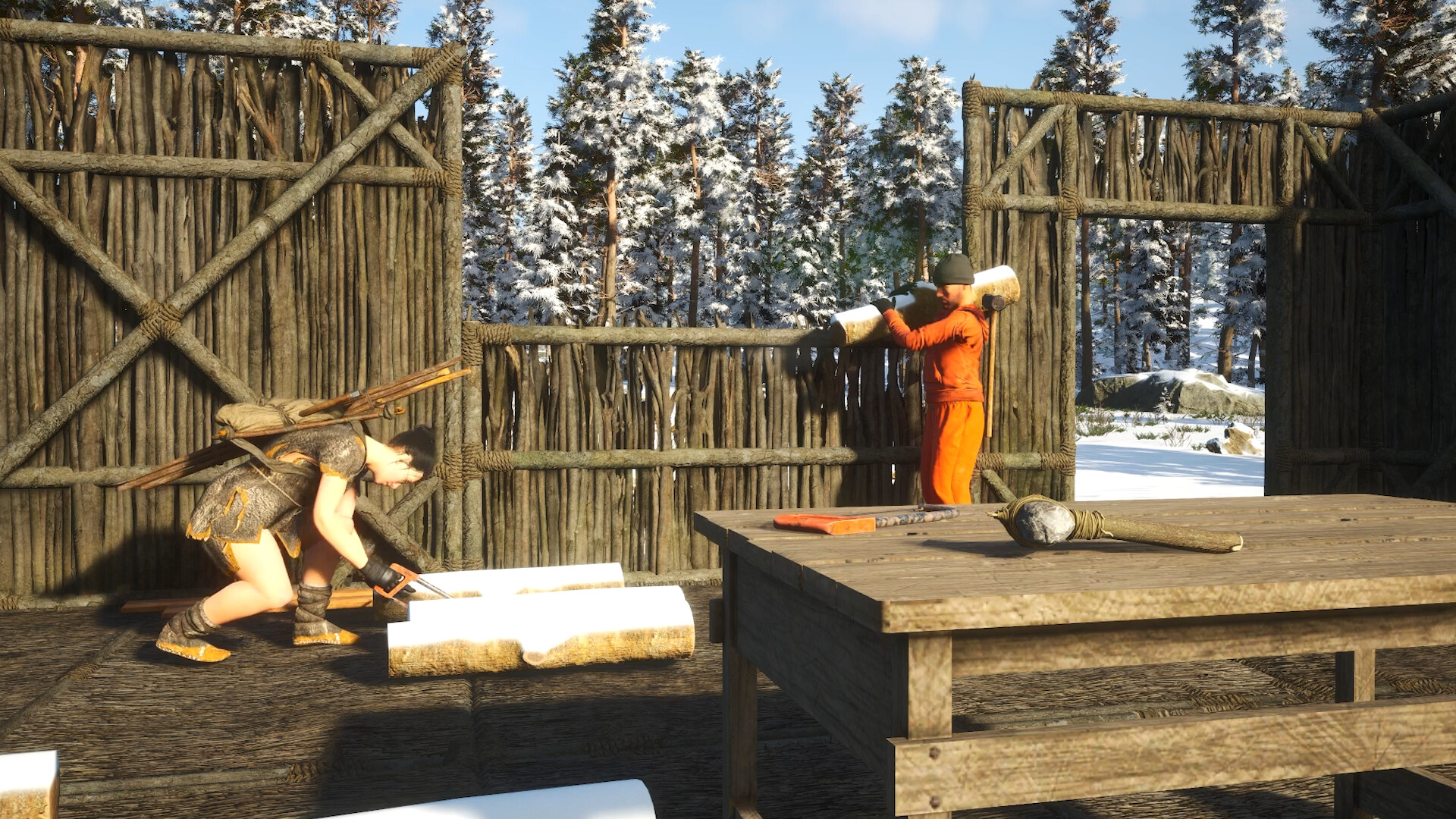 SCUM’s crafting system aims to offset loot scarcity by allowing players to create tools, weapons, and bases. However, crafting recipes often require rare materials, perpetuating dependency on the flawed loot system. This creates a bottleneck where progression feels stalled without significant time investment.
SCUM’s crafting system aims to offset loot scarcity by allowing players to create tools, weapons, and bases. However, crafting recipes often require rare materials, perpetuating dependency on the flawed loot system. This creates a bottleneck where progression feels stalled without significant time investment.
 Unlike competitors like DayZ, SCUM lacks robust modding support, limiting community-driven fixes for the loot system. While private servers tweak loot tables, the absence of official mod tools restricts broader innovation, leaving players dependent on Gamepires for balance changes.
Unlike competitors like DayZ, SCUM lacks robust modding support, limiting community-driven fixes for the loot system. While private servers tweak loot tables, the absence of official mod tools restricts broader innovation, leaving players dependent on Gamepires for balance changes.
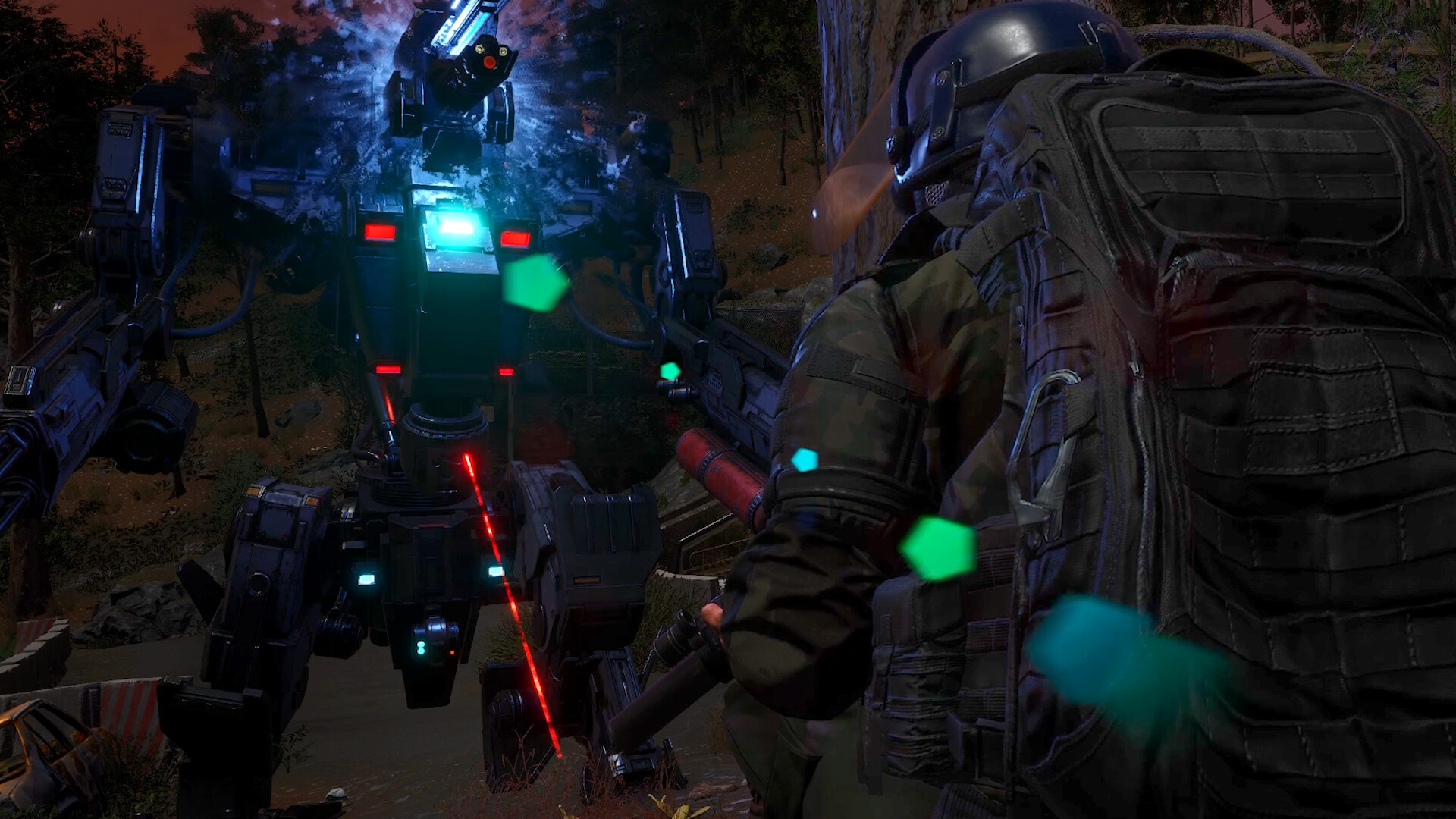 SCUM’s loot system struggles are rooted in its Unreal Engine 4 framework and server architecture. The game’s vast map and item database strain servers, leading to inconsistent loot spawns. High player counts exacerbate this, as servers struggle to process loot distribution in real-time.
SCUM’s loot system struggles are rooted in its Unreal Engine 4 framework and server architecture. The game’s vast map and item database strain servers, leading to inconsistent loot spawns. High player counts exacerbate this, as servers struggle to process loot distribution in real-time.
Initial Loot Design and Player Expectations
 When SCUM launched, its loot system promised a realistic survival experience, with items scattered across bunkers, towns, and wilderness areas. Players expected a balanced progression where scavenging rewarded skill and exploration. However, early feedback on platforms like Reddit highlighted a disconnect: high-value loot, such as weapons and armor, was often scarce or overly concentrated in specific areas, leading to repetitive gameplay loops.
When SCUM launched, its loot system promised a realistic survival experience, with items scattered across bunkers, towns, and wilderness areas. Players expected a balanced progression where scavenging rewarded skill and exploration. However, early feedback on platforms like Reddit highlighted a disconnect: high-value loot, such as weapons and armor, was often scarce or overly concentrated in specific areas, leading to repetitive gameplay loops.
Unrealistic Distribution
The initial loot tables favored low-tier items like clothing and basic tools, while high-tier gear, such as military rifles or plate carriers, was locked behind dangerous bunkers guarded by puppets (zombies) and mechs. Players reported spending hours searching for decent weapons, only to find rusty knives or broken shotguns. This skewed distribution frustrated solo players, who lacked the resources to tackle high-risk areas, creating an uneven playing field against clans.Community Reactions
Posts on r/SCUMgame, like one titled “Loot system needs a rework” (early 2019), criticized the grind-heavy approach. Players felt that the system punished exploration, as remote areas often yielded minimal rewards. Gamepires responded with patch notes promising “loot balance adjustments,” but these changes were minor, tweaking spawn rates without addressing core design flaws.Server Settings and Loot Disparity
SCUM’s loot system varies significantly between official and community servers, creating inconsistent experiences. Official servers use default settings, often with low loot multipliers, leading to scarcity. In contrast, community servers like Noob Land Gaming boost loot spawns, offering abundant high-tier gear but undermining the survival challenge.Official Server Struggles
On official servers, players frequently encounter empty buildings or crates with redundant items, such as multiple cans of beans but no can openers. A 2020 Steam review noted that “looting feels like a chore,” with hours spent traversing the map for minimal gains. This scarcity forces players to prioritize bunkers, where lag and desync—exacerbated by performance issues—make looting a gamble.Community Server Workarounds
Community servers address scarcity by increasing loot multipliers, but this creates a different problem: oversaturation. High-loot servers flood the game with assault rifles and explosives, turning SCUM into a deathmatch rather than a survival simulator. A Reddit thread in 2022 highlighted this divide, with players debating whether high-loot settings “ruined the survival vibe” or made the game more accessible.Bunker-Centric Loot and Accessibility Issues
 SCUM’s reliance on bunkers as primary sources of high-tier loot has been a persistent pain point. Bunkers, guarded by puppets and patrolling mechs, require preparation and firepower, making them inaccessible to new or solo players. This design concentrates action in specific areas, leaving much of the map underutilized.
SCUM’s reliance on bunkers as primary sources of high-tier loot has been a persistent pain point. Bunkers, guarded by puppets and patrolling mechs, require preparation and firepower, making them inaccessible to new or solo players. This design concentrates action in specific areas, leaving much of the map underutilized.
High Risk, Uneven Reward
Bunkers offer rewards like M16 rifles and tactical vests, but the risk-reward ratio feels off. Players must navigate AI threats and server lag, only to find inconsistent loot. A 2021 Reddit post described bunkers as “hit or miss,” with some runs yielding top-tier gear and others offering only ammo or bandages. This randomness discourages exploration outside bunkers, as open-world looting rarely yields comparable rewards.Solo vs. Clan Dynamics
Clans dominate bunkers, using numbers to clear threats and monopolize loot. Solo players, lacking backup, face steep odds, often resorting to scavenging low-value areas. This dynamic creates a feedback loop where well-equipped clans grow stronger, while solos struggle to progress, exacerbating the game’s balance issues.Metabolism and Loot Dependency
SCUM’s unique metabolism system, which tracks calories, nutrients, and bodily functions, ties directly into the loot system, amplifying its flaws. Food and medical supplies are critical for survival, but their uneven distribution forces players into repetitive scavenging patterns, undermining the game’s immersive potential.Food Scarcity and Survival
Food items, like canned goods or fruit, are often sparse on official servers, pushing players to hunt or fish—activities that require tools also gated by the loot system. A 2023 Discord thread noted that new players frequently starve early on, unable to find enough calories to sustain exploration. This dependency on specific loot types makes survival feel punitive rather than rewarding.Medical Supplies Imbalance
Medical items, such as bandages and antibiotics, are disproportionately rare compared to weapons. Players report dying from infections due to a lack of medical loot, even after clearing bunkers. This imbalance forces reliance on crafting, which requires materials that are, ironically, also loot-dependent, creating a frustrating cycle.Crafting as a Partial Solution
 SCUM’s crafting system aims to offset loot scarcity by allowing players to create tools, weapons, and bases. However, crafting recipes often require rare materials, perpetuating dependency on the flawed loot system. This creates a bottleneck where progression feels stalled without significant time investment.
SCUM’s crafting system aims to offset loot scarcity by allowing players to create tools, weapons, and bases. However, crafting recipes often require rare materials, perpetuating dependency on the flawed loot system. This creates a bottleneck where progression feels stalled without significant time investment.
Material Rarity
High-tier crafting, such as building fortifications or advanced weapons, requires items like metal sheets or gunpowder, which are primarily found in bunkers. A 2022 Steam discussion thread complained that crafting “feels like an extension of the loot grind,” as players spend hours searching for specific components. This design discourages creative base-building for casual players.Community Crafting Guides
The SCUM community has responded with detailed crafting guides on Discord and Reddit, outlining efficient ways to gather materials. While helpful, these guides highlight the system’s complexity, which intimidates new players. Gamepires’ lack of in-game tutorials exacerbates this, leaving players reliant on external resources to navigate crafting.Trader System and Economic Imbalance
The introduction of traders in 2020 aimed to diversify loot acquisition, allowing players to buy items with in-game currency earned from missions or selling loot. However, the trader system has been criticized for poor integration and economic imbalance, failing to address core loot issues.Currency Grind
Earning currency requires completing repetitive missions or looting high-value items, looping back to the bunker-centric problem. A 2024 Reddit post called traders “useless for new players,” as prices for high-tier gear are prohibitively expensive without extensive grinding. This makes traders feel like an afterthought rather than a solution.Trader Accessibility
Trader locations, often in remote or dangerous areas, deter casual players. Combined with limited inventory and restock timers, the system feels restrictive. Players on X have suggested dynamic trader spawns or lower prices to make the system more inclusive, but updates have been slow to address these concerns.Modding Limitations and Community Solutions
 Unlike competitors like DayZ, SCUM lacks robust modding support, limiting community-driven fixes for the loot system. While private servers tweak loot tables, the absence of official mod tools restricts broader innovation, leaving players dependent on Gamepires for balance changes.
Unlike competitors like DayZ, SCUM lacks robust modding support, limiting community-driven fixes for the loot system. While private servers tweak loot tables, the absence of official mod tools restricts broader innovation, leaving players dependent on Gamepires for balance changes.
Private Server Tweaks
Community servers like SCUM Pirates adjust loot spawns to balance accessibility and challenge, but these are inconsistent across the player base. A 2023 Discord discussion praised servers with custom loot pools, but players lamented the lack of standardization, as official servers remain unbalanced.Modding Potential
Players have long requested mod support to overhaul loot tables, similar to DayZ’s modding scene. A Reddit thread in 2024 speculated that mods could introduce dynamic loot systems or randomized spawns, enhancing replayability. Gamepires has hinted at future mod support, but no concrete updates have materialized.Player Feedback and Developer Response
The SCUM community has been vocal about loot issues, with thousands of posts on Reddit, Discord, and Steam offering suggestions. Gamepires has acknowledged feedback, releasing patches to tweak loot tables, but these changes often feel superficial, failing to address systemic flaws.Patch Limitations
Updates, like those in 2025, increased loot spawns in specific areas but didn’t resolve bunker dependency or economic imbalance. A Steam News post in June 2025 touted “improved loot distribution,” but players reported minimal changes on official servers, suggesting a gap between developer intent and execution.Community Engagement
Gamepires’ active Discord presence fosters dialogue, with developers responding to loot-related queries. However, players criticize the slow pace of meaningful changes. A 2024 X post by @SCUMUpdates promised a “loot system overhaul” for 1.0, but the release fell short, leaving many skeptical of future promises.Technical Constraints Behind Loot Issues
 SCUM’s loot system struggles are rooted in its Unreal Engine 4 framework and server architecture. The game’s vast map and item database strain servers, leading to inconsistent loot spawns. High player counts exacerbate this, as servers struggle to process loot distribution in real-time.
SCUM’s loot system struggles are rooted in its Unreal Engine 4 framework and server architecture. The game’s vast map and item database strain servers, leading to inconsistent loot spawns. High player counts exacerbate this, as servers struggle to process loot distribution in real-time.











